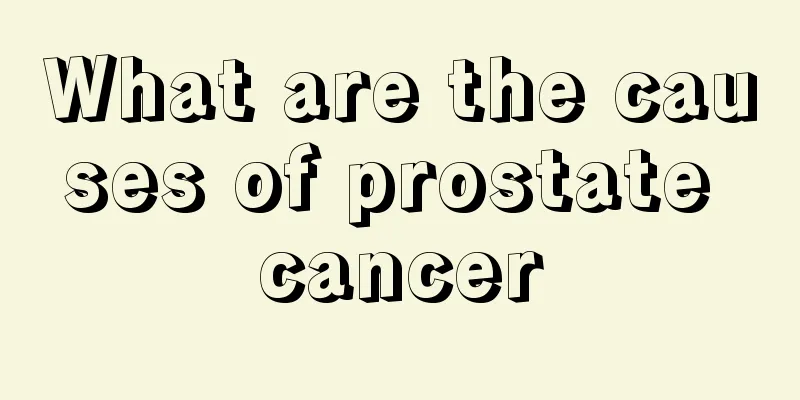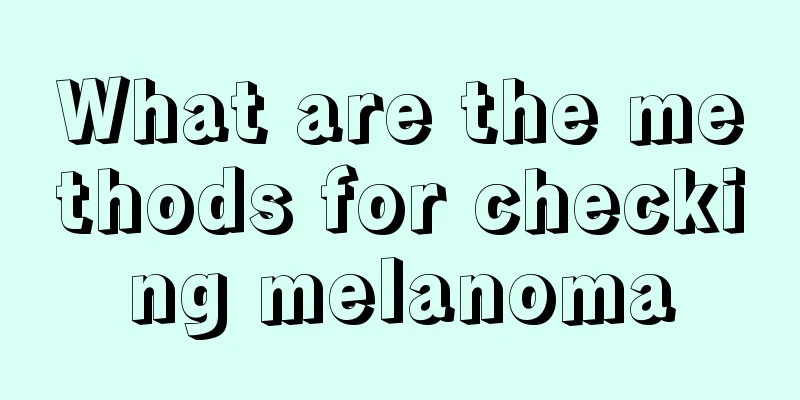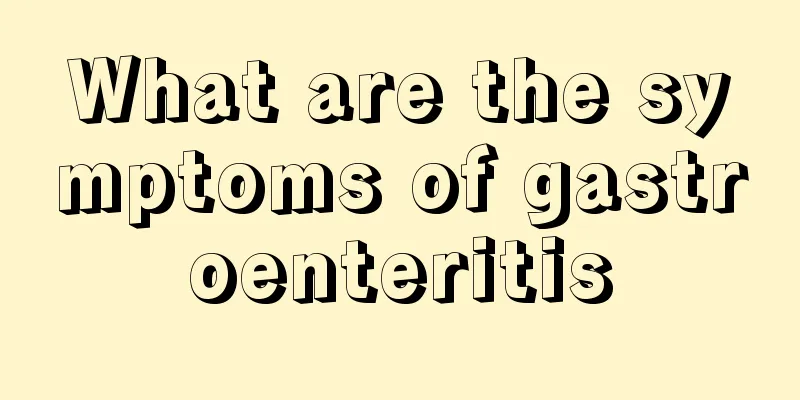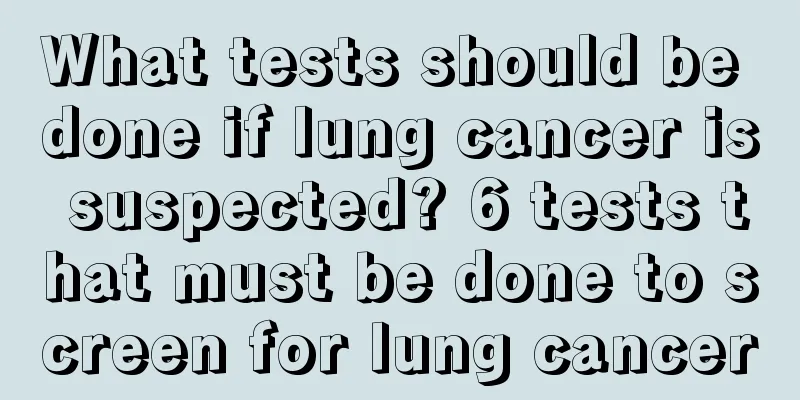What is the cure rate for testicular cancer
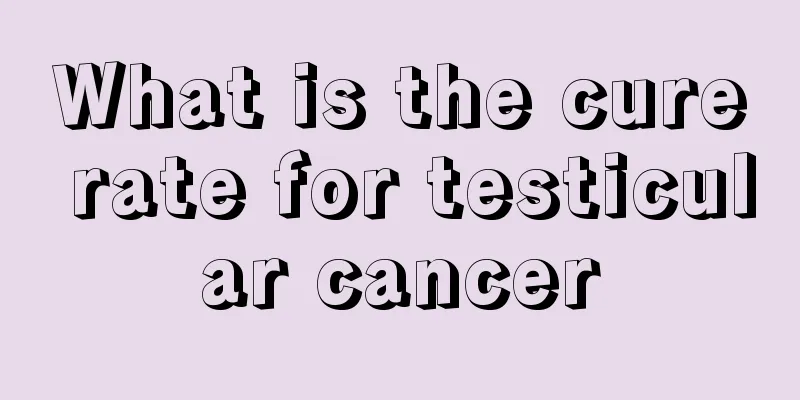
|
For patients, the cure rate has become the most concerned topic for testicular cancer patients around the world. Whether testicular cancer can be cured directly affects the confidence and will of testicular cancer patients in treatment. The early symptoms of testicular cancer are not obvious and rarely attract attention. Therefore, once discovered, the disease has already occurred, which increases the difficulty of treatment. So what is the cure rate of testicular cancer? Let's find out. Experts remind male friends to detect testicular abnormalities early. After being diagnosed with testicular cancer in the early stage, they should undergo testicular cancer resection and retroperitoneal lymph node dissection in time. The cure rate of early testicular cancer can reach more than 90%, while that of late stage is less than 50%. What is the cure rate of testicular cancer? Testicular cancer can be cured. And the cure rate is high, provided that it is treated early. Testicular cancer progresses slowly and is currently the malignant solid tumor with the highest cure rate. We all know that the cure rate of testicular cancer is closely related to the treatment method selected. So what treatment methods are available for testicular cancer? 1. Surgical treatment of testicular cancer Because the pathology of testicular tumors is extremely complex, there is no consensus on the treatment methods. However, no matter which type of testicular tumor, orchiectomy should be performed first, and further treatment will be determined based on the results of pathological examination. Common surgical resections include orchiectomy and retroperitoneal lymph node dissection. 2. Radiotherapy for testicular cancer Radiotherapy alone can be used for stage I and IIa (maximum diameter of retroperitoneal metastatic lymph nodes less than 2 cm), and combined radiotherapy and surgery can be used for stage IIb. Radiotherapy has similar efficacy to retroperitoneal lymph node dissection, but has less damage to sexual function. Combined radiotherapy and surgery may cause more damage to sexual function, so currently chemotherapy and surgery are more advocated, and combined radiotherapy and surgery are not advocated. No mediastinal and supraclavicular preventive irradiation is performed in clinical stage II. 3. Chemotherapy for testicular cancer Combination chemotherapy based on DDP can treat disseminated testicular germ cell carcinoma with a complete remission rate of 80%. For patients with incomplete remission, rescue chemotherapy is used, and 30% of patients can still achieve complete remission; 90% of patients with complete remission can survive long-term without cancer. If the serum marker level rises again or the residual mass increases, rescue chemotherapy will be performed. Rescue chemotherapy usually uses DDP + a combination of drugs that have not been used in the first chemotherapy. VIP and VAB-6 are currently commonly used regimens. When treating the disease, you need to avoid eating foods that are not good for the disease, such as leeks, chrysanthemums, coriander, mustard greens, onions, etc. These foods are irritating and are not good for the disease. Therefore, choosing foods that are beneficial to the treatment and recovery of testicular cancer, making a balanced diet, and paying attention to the adjustment of the dietary structure will also improve the cure rate to a certain extent. |
<<: Causes of testicular cancer
>>: Introducing the causes of testicular cancer
Recommend
The most reliable test method to diagnose bladder cancer
What is the most reliable examination method for ...
Does bladder cancer have any sequelae?
In recent years, the incidence of diseases such a...
What kind of eye drops are good for wearing colored contact lenses
In order to improve their image, many people choo...
How to solve the problem of bad breath caused by indigestion?
Food is a necessary substance for people to obtai...
Success rate of cerebral hemorrhage drainage surgery
If elderly people suffer from symptoms of cerebra...
The symptoms of gallbladder cancer are not just like this
Gallbladder cancer is a disease with a very high ...
Is frequent urination at night caused by kidney yin deficiency? Five points to tell you
Urethritis is a common urinary tract infection, w...
What are the characteristics of hyperthyroidism?
Hyperthyroidism is a common disease caused by exc...
Will folic acid cause allergies?
Folic acid is a vitamin that many women take duri...
What to do with contact bleeding caused by cervical erosion? This is what causes it
When contact bleeding occurs in cervical erosion,...
What is the treatment for melanoma
Is there any treatment for melanoma? This is a qu...
Symptoms of cutaneous nerve injury
Skin health has always been a concern for everyon...
Several effective treatments for prostate cancer
Prostate cancer is a tumor disease that poses a s...
Why is the incidence of prostate cancer high? What kind of fruits and vegetables are better for prevention?
In recent years, prostate cancer has a high incid...
The most common early symptoms of skin cancer
Skin cancer is one of the most common skin diseas...
